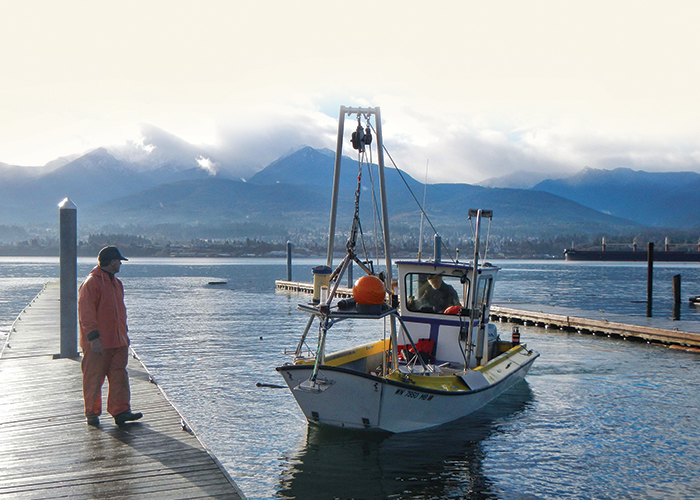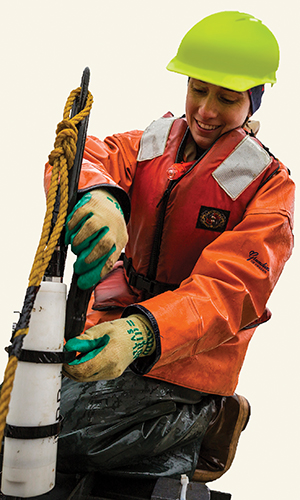Habitat modification due to Elwha Dam removal
Progress Toward a New Sedimentary and Ecological Equilibrium: Habitat Modification from Elwha Dam Removal
How Elwha dam removals affect sediment deposition, light obstruction, water conditions, and algae and other marine life at the river’s mouth.

